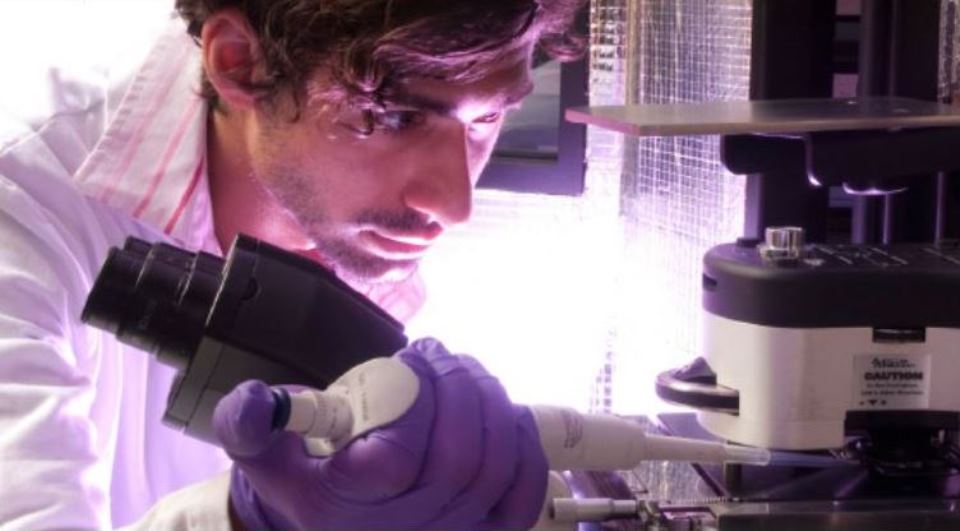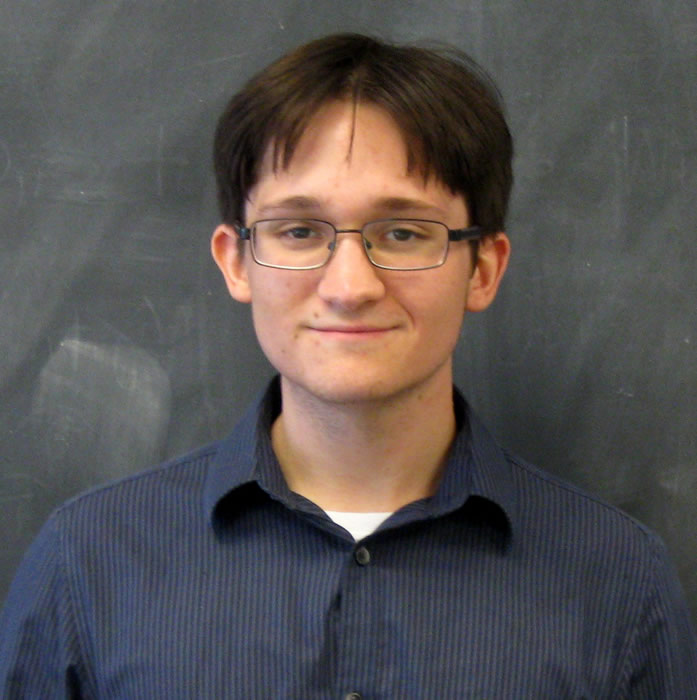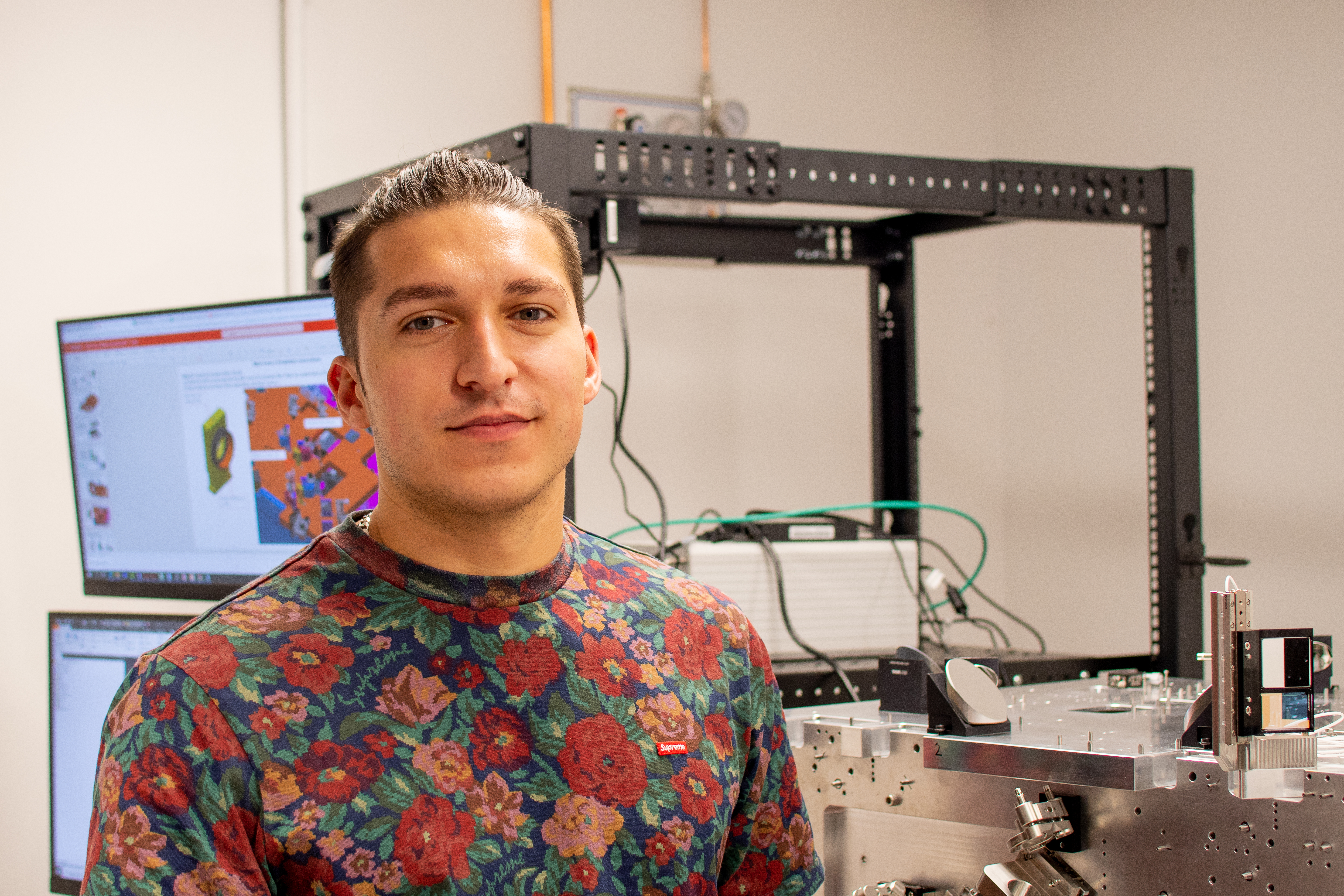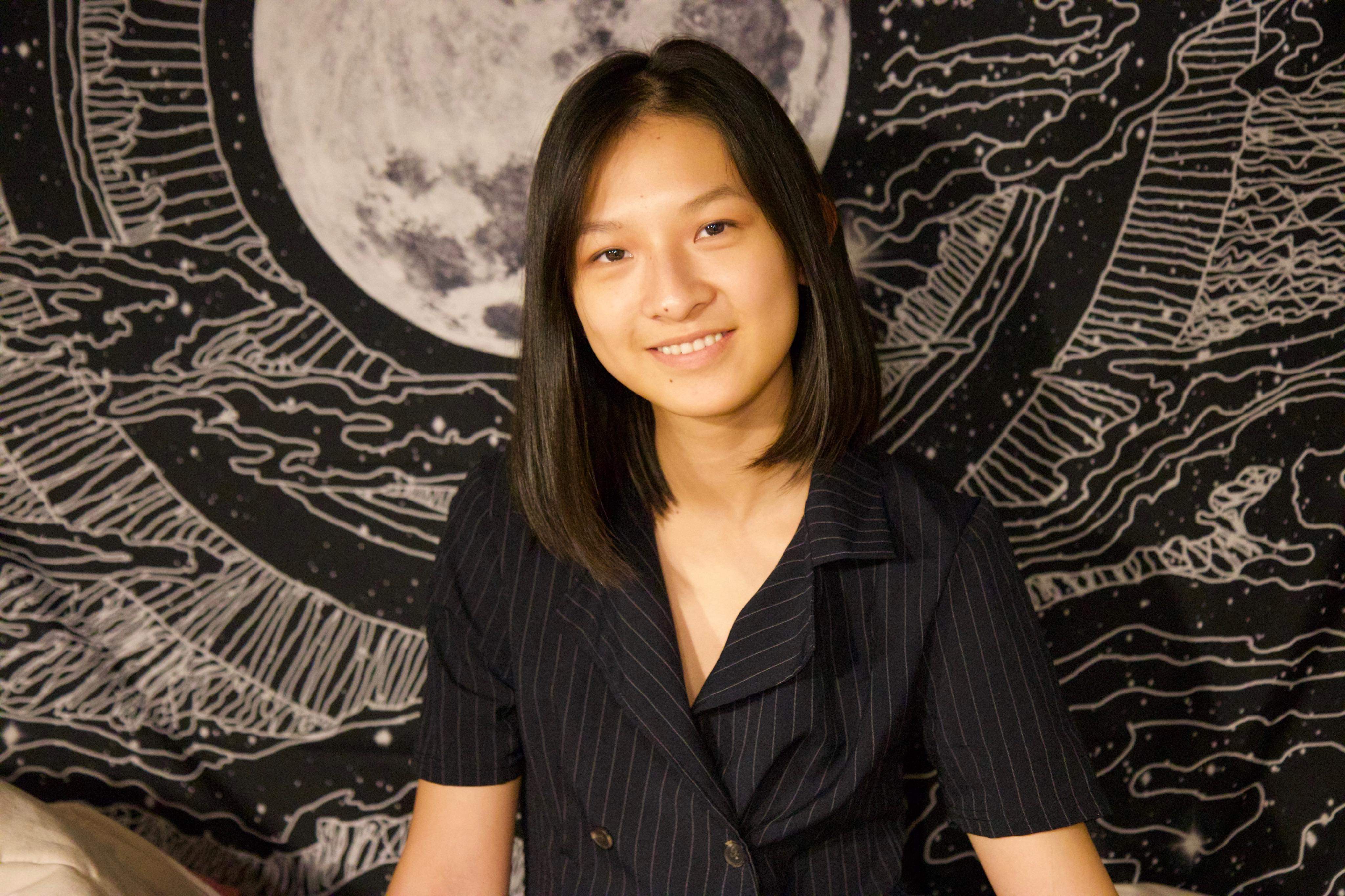
Atomic force microscopy experiment being done by Matt.


Atomic force microscopy experiment being done by Matt.
The Goldman Lab is dedicated to basic research of molecular motors, protein synthesis and the development of FRET based force biosensors as well as the academic and experimental skill development of students from high school to post graduate school levels.

Yale E. Goldman, MD, PhD
Professor
goldmany@pennmedicine.upenn.edu goldmany@mail.med.upenn.edu
215-898-4017
Yale obtained MD and PhD degrees at the University of Pennsylvania and was a Post-doctoral Fellow at University College London, UK. He is a professor of Physiology, former director of the Pennsylvania Muscle Institute at the School of Medicine, University of Pennsylvania and Associate Director of the Nano/Bio Interface Center. His laboratory studies molecular motors and protein synthesis. For these studies, he developed novel biophysical methods including laser photolysis of caged nucleotide substrates, nanometer tracking of position and orientation of single fluorescent probes and ultra-fast feedback infrared optical traps.
Publications and CV click here.

Jody Ann Dantzig, PhD
Lab Manager/Senior Research Investigator
dantzig@mail.med.upenn.edu
215-898-4543
Jody has been with the lab for many years with her research focusing on the kinetics of chemomechanical energy transduction for actin and myosin in the nearly crystalline lattices of striated and cardiac muscles as well as smooth muscle. Demembranated single muscle fibers were isolated and used to investigate the kinetics of the hydrolysis of ATP by myosin as it correlated with force generation, work, filament sliding and stiffness properties (related to the number of attached myosin motors).
Along with the advancements of nanotechnology, Jody's focus has changed and she is currently working on the development and characterization of novel expressible fluorescent protein variants and novel fluorescent protein tagging techniques to be used with fusion protein constructs to identify or track positions of these fusion proteins within the cell and also to be incorporated into FRET pairs (Forster Energy Transfer) designed to be used as molecular rulers, force sensors, orientation sensors and more.
Publications click here.

Xiaonan Cui
Research Specialist, Physiology, Pennsylvania Muscle Institute
xiaonan@mail.med.upenn.edu
215-898-4247
As a research specialist, Xiaonan mainly works on gene modification, protein expression, and modification with several types of fluorescent probe for all of the motor projects in the lab. She uses several expression vectors and cell lines for expression.
Publications click here:

Arpan Bhattacharya
Post doctoral Fellow
arpanbhattacharya20@gmail.com
215-898-4247
During his Ph.D. Arpan investigated the dynamics of Protein-carbon nanoparticle and soft protein-protein interaction by means of spectroscopic and microscopic techniques.
Postdoc Research Project
Arpan is investigating the mechanism of eukaryotic translation elongation cycles through sophisticated biophysical and biochemical techniques using an in vitro translation system. The major focus of my research involves single molecule FRET studies directed toward understanding the mechanism by which a class of molecules called nonsense suppressors stimulate the read through of premature termination codons that are the cause of a large number of diseases, including some types of muscular dystrophy, cystic fibrosis, and cancer.
Publications click here.

Him Shweta (Shweta)
Post doctoral Fellow
shwetahim@gmail.com / him.shweta@pennmedicine.upenn.edu
215-909-1353
Shweta, during her Ph.D worked on understanding solvation dynamics and ligand interactions in DNA and lipid-bilayer using experiment and molecular dynamics simulation, where she discussed several important aspects of solvation dynamics and ligand interactions in complex aqueous bio-systems.
Postdoctoral Project
A wide range of biological and physiological processes are modulated by the capability of cell to respond and sense to mechanical stress/force, yet these mechanical forces are poorly understood at the molecular scale with molecular specificity. For the intricate details and better understanding of these mechanical forces, Shweta will mainly focus on Force-FRET (Forster resonance energy transfer) sensors project, which involves designing and characterization of new Force-FRET probes in solution at single molecule level. These Force-FRET probes will be further incorporated into protein of interest (such as Nesprin and Myosin I) and will be calibrated for its mechanical sensitivity by measuring force vs FRET efficiency using combined optical trap/TIRF microscopy and performing fluorescence lifetime imaging.
Link to Cover pages designed and made entirely by Shweta
http://pubs.acs.org/subscribe/covers/jpcbfk/jpcbfk_v121i048.jpg?0.8872794643163993
http://pubs.rsc.org/en/content/articlepdf/2017/cp/c7cp03108d
http://pubs.rsc.org/en/content/articlepdf/2016/cp/c6cp01201a
Click here for Shweta's Publications.

Shawn Pfeil, PhD
Associate Professor Physics, West Chester University
spfeil@gwcupa.edu
610-430-4084
After doing a post doctoral fellowship in the lab, Shawn is now an associate professor close by at West Chester University. Shawn has continued to be an active collaborator on the ribosome projects in the lab and brings students from WCU along to help further their development as well.

Deborah Shroder
Graduate student in Biochemistry and Molecular Biophysics
shroder@mail.med.upenn.edu
215-898-4247
Deborah studies two related myosins involved in cargo transport and membrane tethering. Deborah is using polarized TIRF microscopy to investigate the dynamics of the motor domain of myosin V that link ATP hydrolysis to processive motion, and is determining the class-specific differences between myosins V and XI that allow myosin XI to be the fastest known biological motor.
Publications click here.

Clark Fritsch
Graduate Student
Clark is a PhD Candidate in the Cellular and Molecular Biology program and is primarily interested in the study of transcription and translation and how defects in these processes contribute to disease. Before joining the Goldman Lab, Clark used next-generation sequencing approaches to study how DNA-damaging agents contribute to transcriptional mutagenesis in yeast. His current work involves the study of Eukaryotic translation using single-molecule FRET techniques. Specifically, he investigates the basic mechanisms of Eukaryotic translation elongation and termination and how a class of small molecules called Nonsense Suppressors stimulate the read through of premature termination codons.
Click here for Clark's publications.

Adam Jabak
jabak@pennmedicine.upenn.edu
215-898-4247
Adam is a graduate student in the Biochemistry and Molecular Biophysics program. Currently he is exploring Eukaryotic translation in vitro using single-molecule FRET techniques. He hopes to better understand the molecular mechanisms of elongation and termination which may lead to improved treatments for diseases such as cystic fibrosis, Duchenne muscular disorder, and some cancers caused by premature termination codons. Before joining the Goldman Lab, Adam studied small molecule interactions with DNA using optical tweezers. In his free time, Adam enjoys hiking, third wave coffee and going to the beach.

Selene Li
seleneli@sas.upenn.edu
215-898-4247
Selene is currently an undergraduate student in the School of Arts and Sciences majoring in Cognitive Science. In the past, she has worked on developing fluorescence indicator proteins for lactate metabolism. Her previous project involved developing a single fluorescence protein indicator from a FRET indicator. She has continued to pursue this research interest at the Goldman Lab and is currently assisting Jody and Shweta in studying single-molecule indicators. She hopes to learn more about GFP variants and the various applications of these proteins.
Li, S. & Krupnick, G. (2017). An analysis of Platanthera (Orchidaceae) pollination in North America. Poster presented at the 22nd World Orchid Conference, Guayaquil, Ecuador.

Megh Shah
Undergraduate Student
imeghshah@gmail.com
215-898-4247
Megh is a student in the 7 year medical program at The College of New Jersey. In the Goldman lab, he is working on optimizing microfluidics techniques to increase the throughput of 3-bead optical trapping experiments on actomyosin. He is using AutoCAD to create 3D models of flow chambers in which multiple buffer conditions can be used to receive traces from the same myosin molecule using the same actin “dumbbell”. He is also using CFD (computational fluid dynamics) software to create models of fluid flow through the optical trapping flow chambers that he has modeled. He hopes to continue learning about optical trapping and its diverse applications. He works closely with Aaron Snoberger from the Ostap Lab. Megh will be attending New Jersey Medical School in the fall of 2020.
© The Trustees of the University of Pennsylvania | Site best viewed in a supported browser. | Report Accessibility Issues and Get Help | Privacy Policy | Site Design: PMACS Web Team.